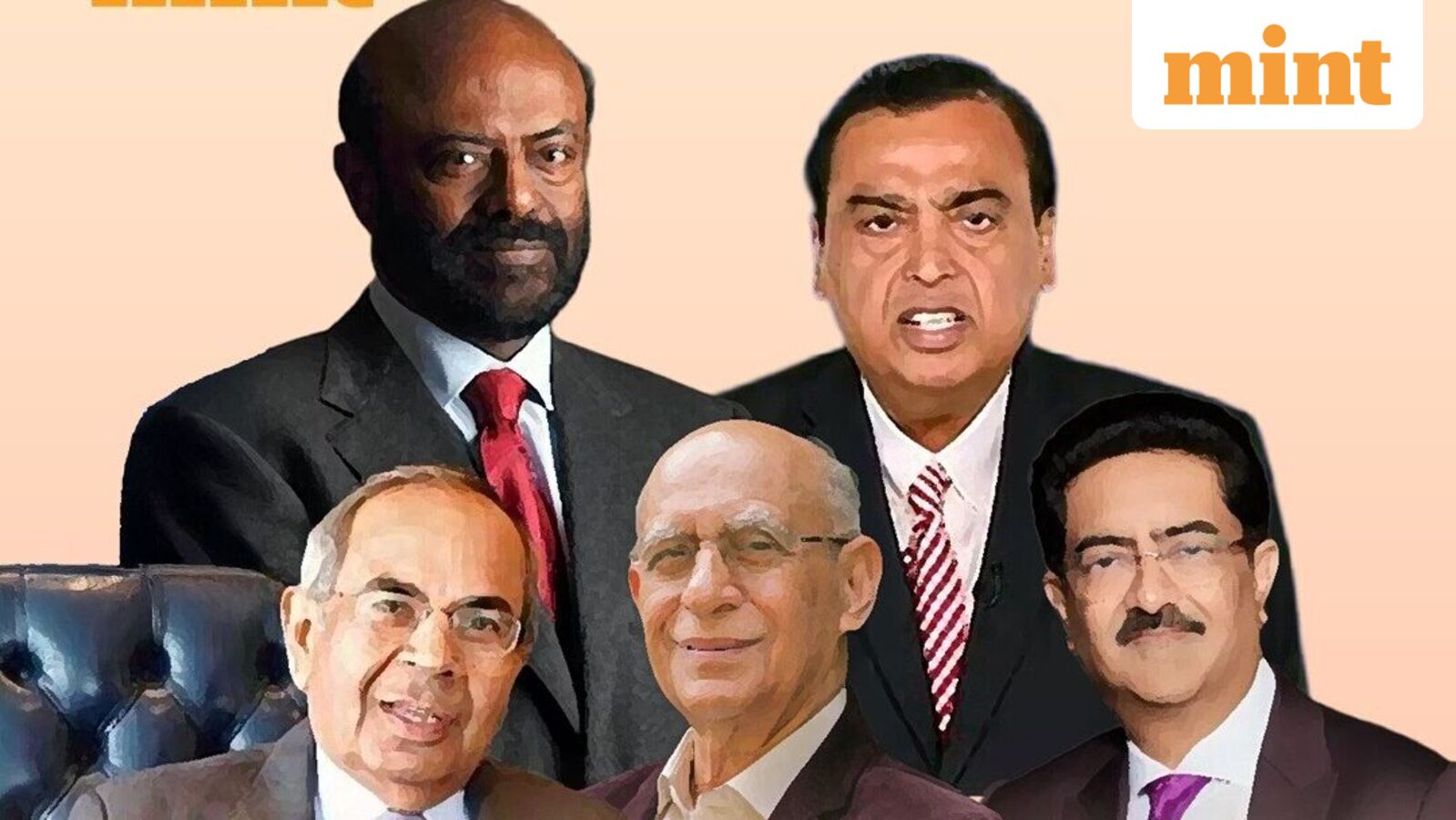The latest philanthropy data for 2025 shows a sharp rise in large-scale giving across India. A total of 191 philanthropists together donated ₹10,380 crore — an increase of 85% compared with three years ago. Behind the headline number is a growing group of individuals and families making gifts of more than ₹100 crore each, reshaping the scale and focus of private giving.
Big-ticket donors: who they are
The cohort of donors giving over ₹100 crore includes a mix of entrepreneurs, legacy family foundations and newly wealthy leaders from sectors such as technology, pharmaceuticals, manufacturing and finance. While the names vary year to year, the common features are clear:
- Founders and serial entrepreneurs who convert liquidity events into philanthropic capital.
- Established industrial families channeling multi-generational wealth through family trusts and foundations.
- Health and education-focused philanthropists prioritizing hospitals, medical research and schools.
- Newer donors backing climate, livelihoods and digital inclusion projects with strategic, outcome-driven grants.
Where the money is going
Large donations are increasingly targeted rather than purely charitable. Major funding areas include:
- Healthcare: hospitals, research institutes and public-health initiatives that promise measurable impact.
- Education: scholarships, school networks and higher-education endowments to expand access.
- Livelihoods and skill-building: programs aimed at employability and rural incomes.
- Climate and sustainability: renewable energy projects, conservation and community resilience work.
Why the surge matters
An 85% jump over three years signals more than short-term generosity. It reflects growing wealth creation, stronger philanthropic institutions, and a shift toward strategic giving. Large gifts can kick-start initiatives at scale, attract matching public or private funds, and catalyze systemic change—provided they are well-structured and accountable.
Challenges and opportunities
- Transparency and measurement: donors and recipients must agree on clear outcomes and reporting.
- Sustainability: one-time large gifts help launch projects, but long-term models are needed for lasting impact.
- Collaboration: co-funding between donors, governments and NGOs can multiply benefits and reduce duplication.
Looking ahead
As more high-net-worth individuals and families step up with seven- and eight-figure gifts, the philanthropy landscape will continue to professionalize. Expect to see more pooled funds, impact investing, and outcome-based grants that aim not just to give money away, but to solve problems at scale. For anyone tracking social change in India, the rise in large donations is a trend worth watching.
